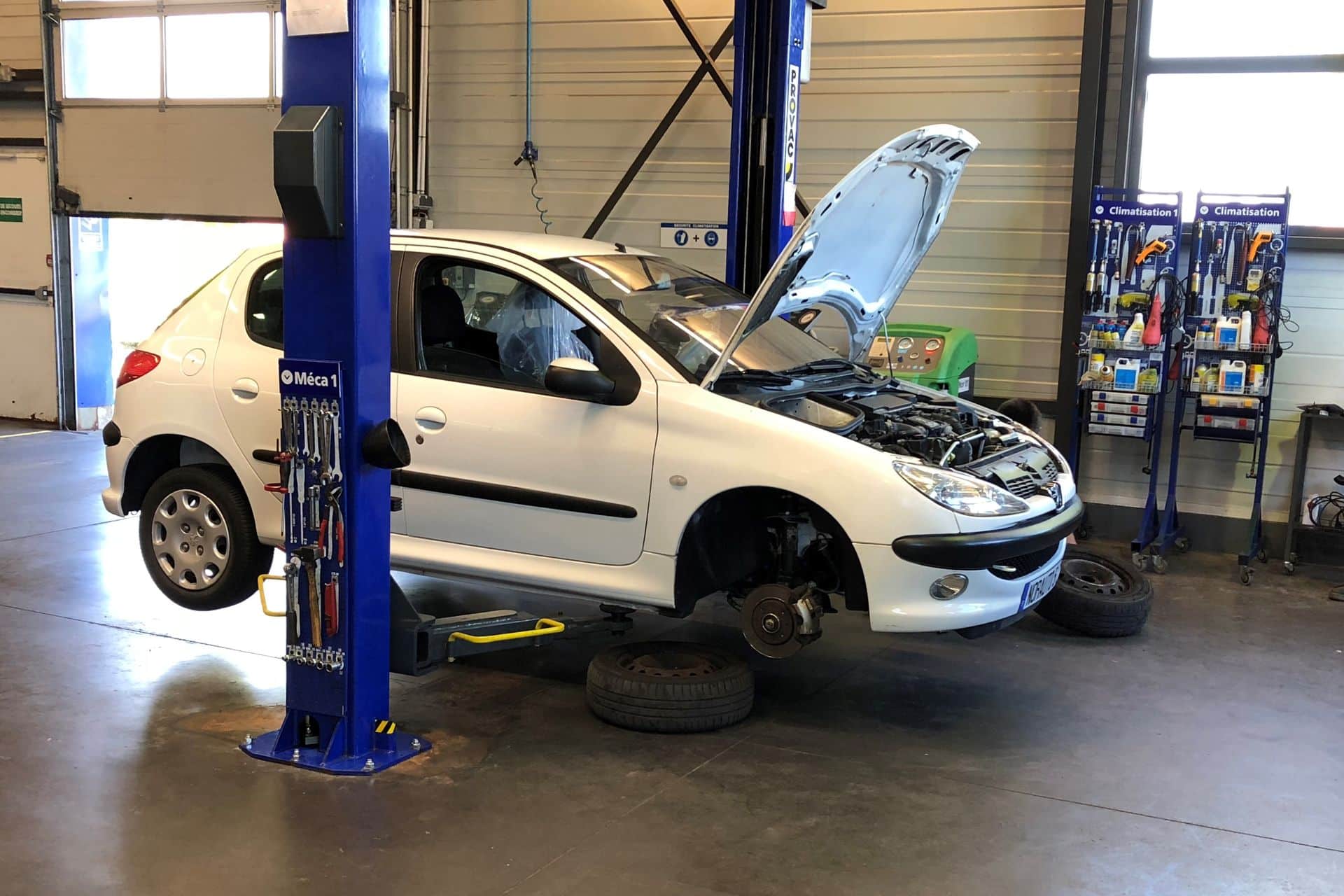Crit’Air Vignette 3, the new fuel for the Yellow Vests?

Starting January 1, 2025, Low Emission Zones (LEZs) in several major cities in France will ban vehicles with Crit’Air 3 stickers.
Will the ban on Crit’Air 3 stickers be a major turning point in the automotive pollution reduction in France? Or a new spark to restart the yellow vest movement? The risk of unrest is high at a time when purchasing power is down and the ecological bonus has been cut in half to modernize vehicles.
Indeed, starting January 1, 2025, the Low Emission Zones (LEZs) in several large French cities will prohibit the circulation of vehicles equipped with the Crit’Air 3 sticker. This measure, aimed at improving air quality and reducing polluting emissions, raises critical issues on environmental, economic, and social levels. Here’s everything you need to know.
Which vehicles are affected?
The Crit’Air 3 sticker includes:
- Diesel cars registered before 2011;
- Gasoline cars registered before 2006.
These vehicles, often owned by modest households, still represent a significant share of the French car fleet.
Why this ban?
LEZs aim to reduce air pollution in the most exposed urban areas. According to the World Health Organization (WHO), atmospheric pollution causes approximately 40,000 premature deaths annually in France. Although less polluting than unclassified models, Crit’Air 3 vehicles emit significant amounts of fine particles and nitrogen oxides (NOx).
Which cities are affected?
Several metropolitan areas will enforce these restrictions:
- Greater Paris: Crit’Air 3 vehicles will be banned from Monday to Friday, from 8 a.m. to 8 p.m. However, a tolerance will be granted until January 2026, while automatic control systems are implemented.
- Lyon, Montpellier, and Grenoble: These cities plan similar measures, tailored to their local situations.
Some urban areas, such as Marseille, Rouen, and Strasbourg, have obtained temporary derogations, as they are not considered sufficiently polluted to impose this measure in 2025.
What impact for drivers?
- Number of affected vehicles:
- In Île-de-France, around 1.58 million vehicles, or 26% of the car fleet, will be impacted.
- Nationwide, this number could exceed 5 million vehicles.
- Costs for households:
- Many households will need to replace their vehicles, which can be a significant investment, especially for those with modest means.
- Eligible vehicles (Crit’Air 1 or 2) are seeing their market prices increase.
What economic consequences?
- For households: Modest households, often owners of older vehicles, are likely to be the most affected.
- For professionals: Artisans and merchants will need to replace their utility vehicles, often Crit’Air 3, which could increase their operating costs.
- For the automobile market: Increased demand for Crit’Air 1 and 2 vehicles, driving their prices up. Growth in sales of electric and hybrid vehicles, supported by public assistance.
- For local businesses: Restrictions could reduce foot traffic in suburban shopping and tourist areas.
What aid and exemptions to support the transition?
- Financial aid:
- Conversion bonus: up to €6,000 for purchasing a less polluting vehicle.
- Environmental bonus: up to €4,000 for an electric vehicle.
- Temporary exemptions: For certain professionals (craftspeople, merchants) and rural zones where alternative transportation options are still insufficient.
- Local measures: Several metropolitan areas offer solutions such as park-and-ride facilities or subsidies for carpooling and electric bikes.
Criticism and debates
- Social inequalities: Modest households are the most affected by the costs of this transition.
- Lack of infrastructure: Public transport and alternative mobility solutions are still insufficient in certain areas.
- Economic side effects: Surge in prices for compliant vehicles, making the transition more difficult.
Future perspectives
This ban is just a step. By 2030, restrictions could extend to Crit’Air 2 vehicles, limiting circulation to only Crit’Air 1, plug-in hybrids, and electric vehicles. Authorities will need to strengthen support and infrastructure to ensure this transition is fair and sustainable.
ALSO READ: Parisians waste fortunes in traffic jams
This page is translated from the original post "Vignette Crit’Air 3, nouveau carburant des Gilets Jaunes ?" in French.
We also suggestthese articles:
Also read





